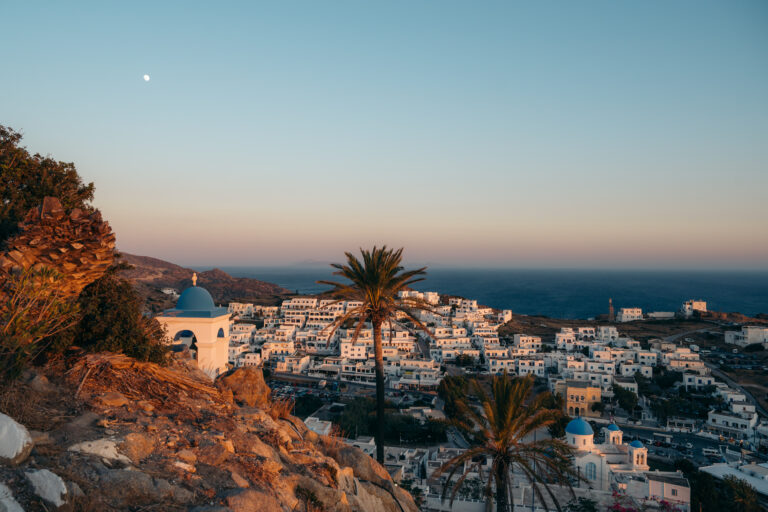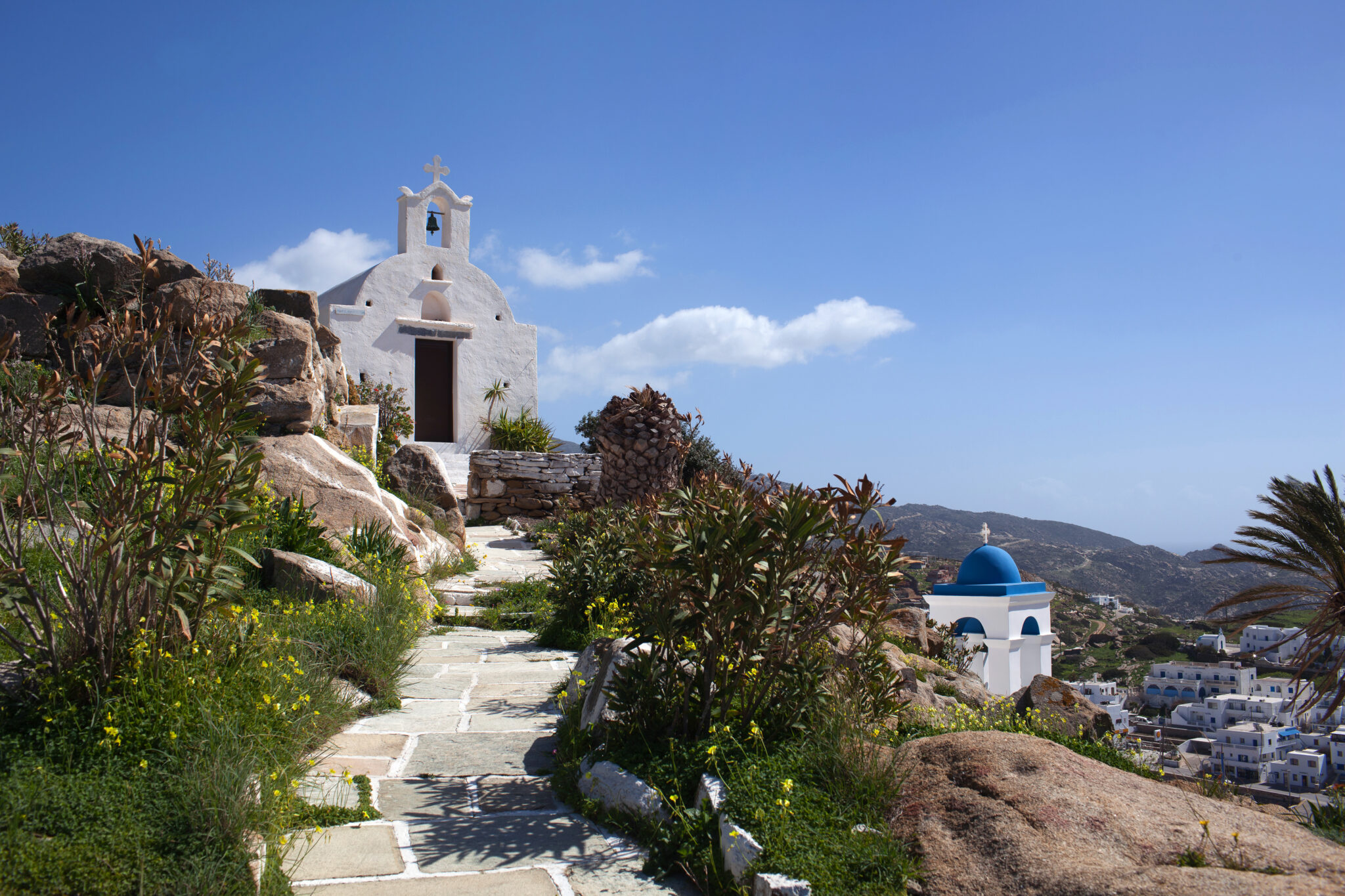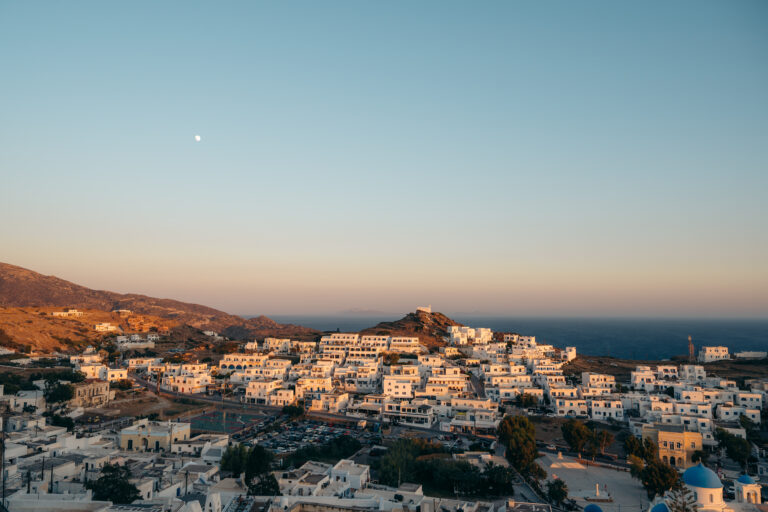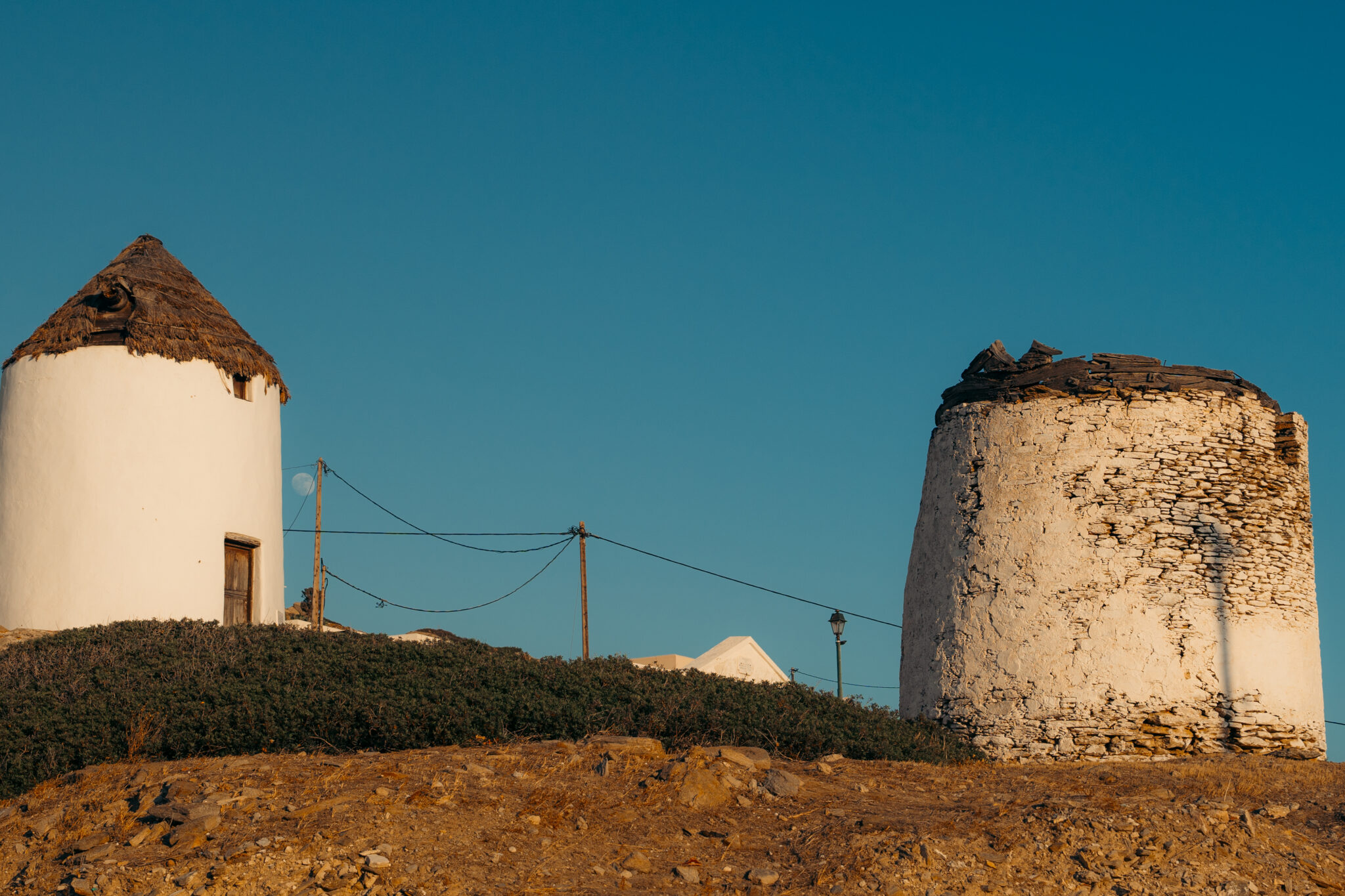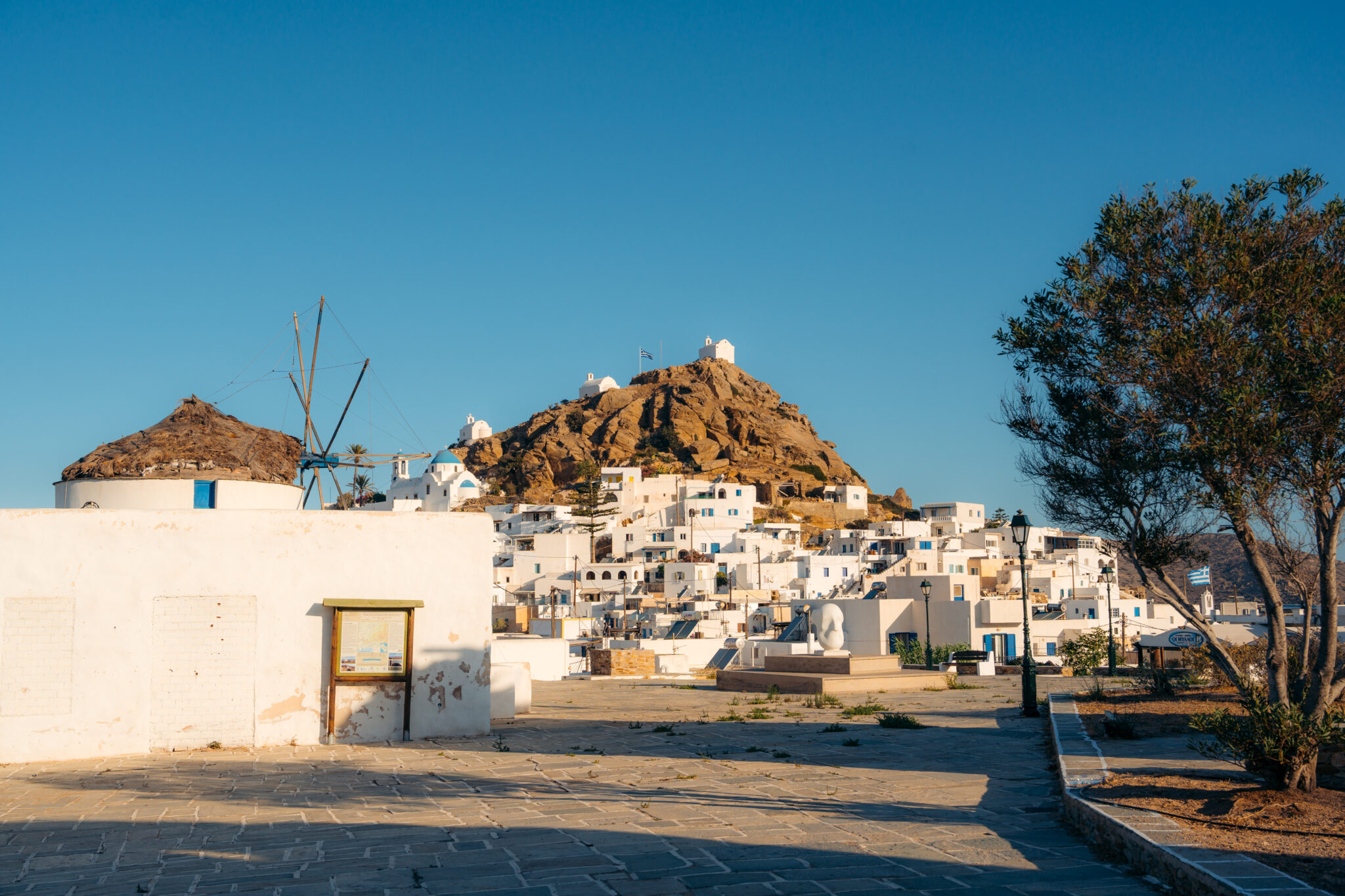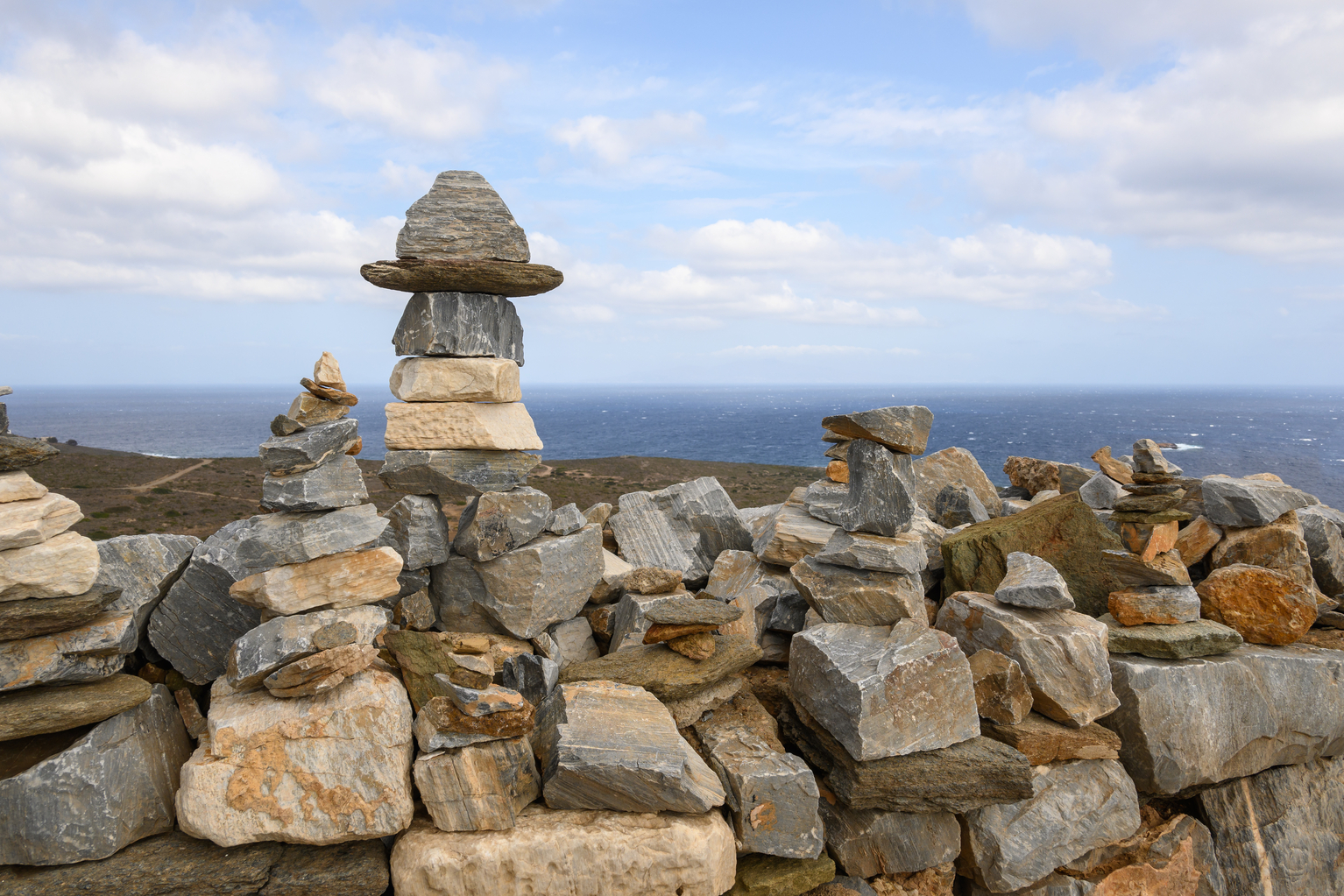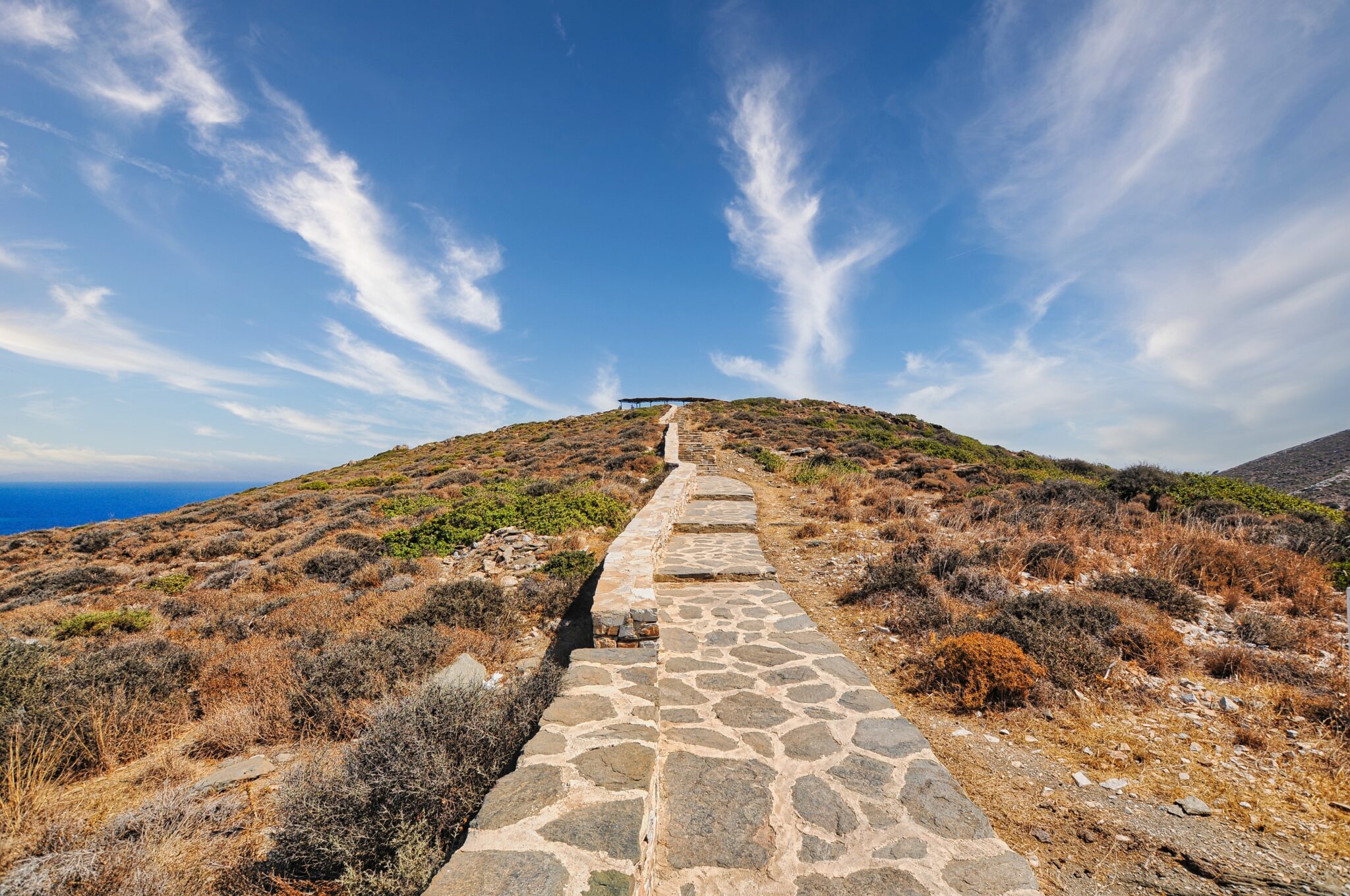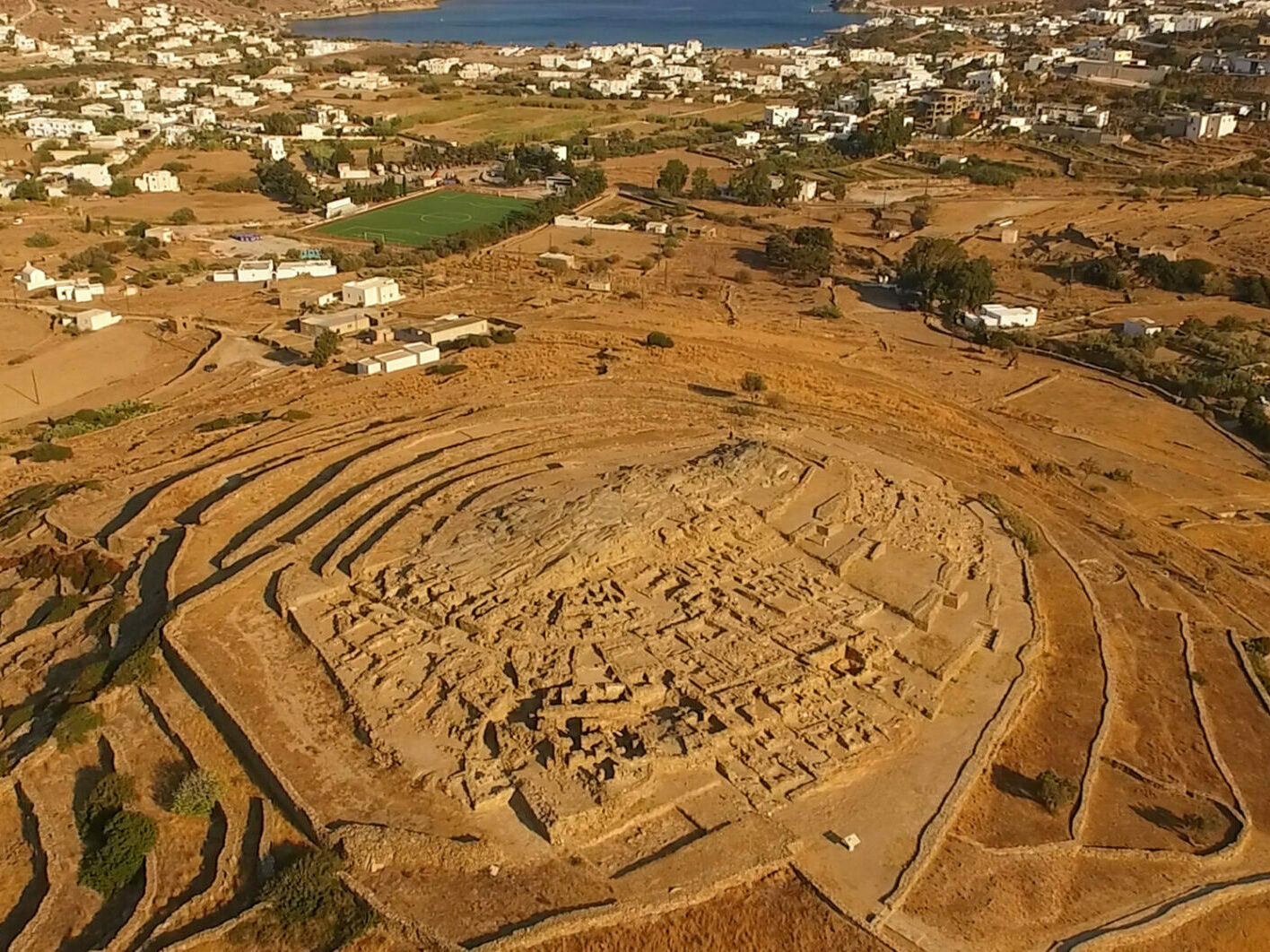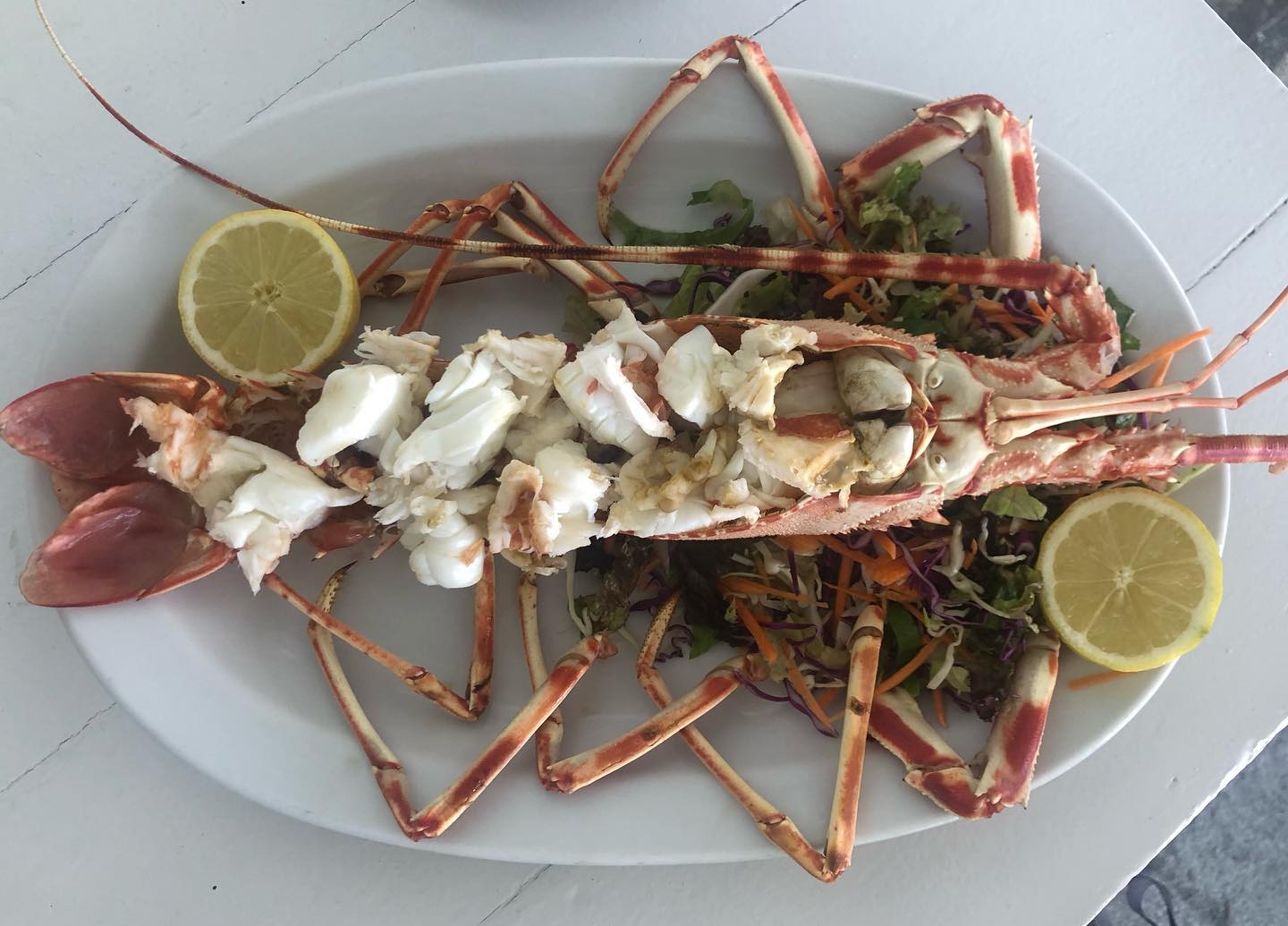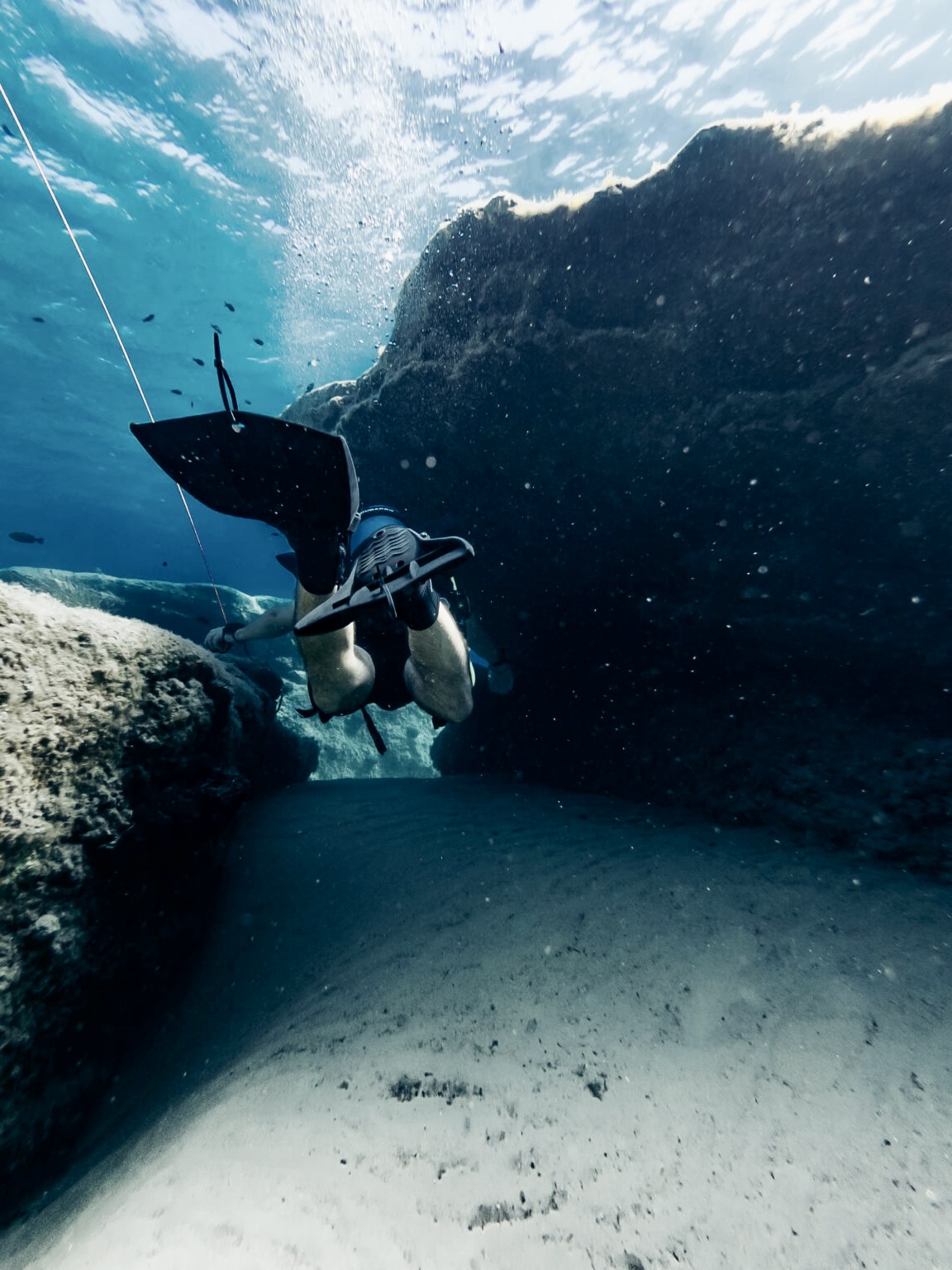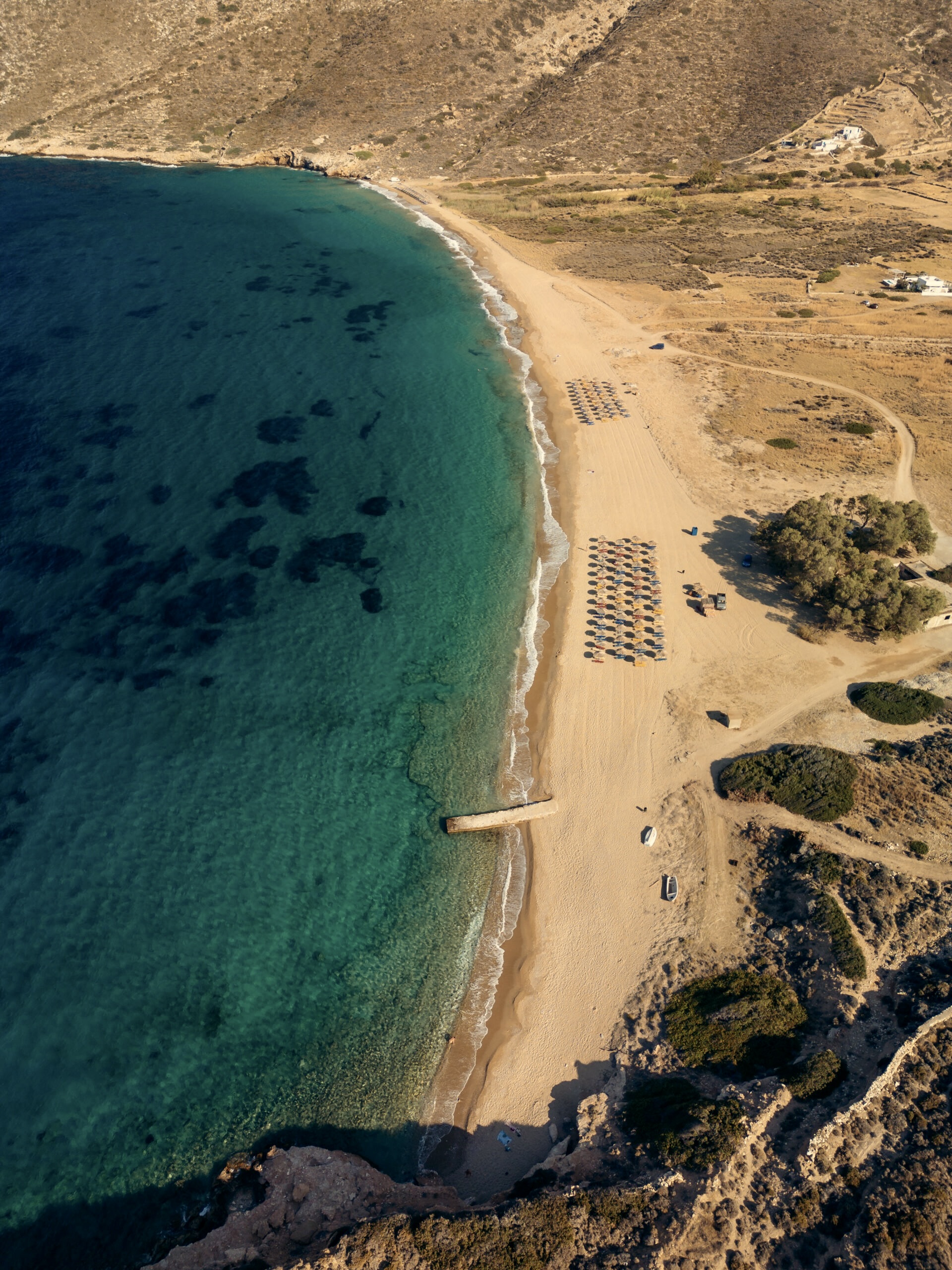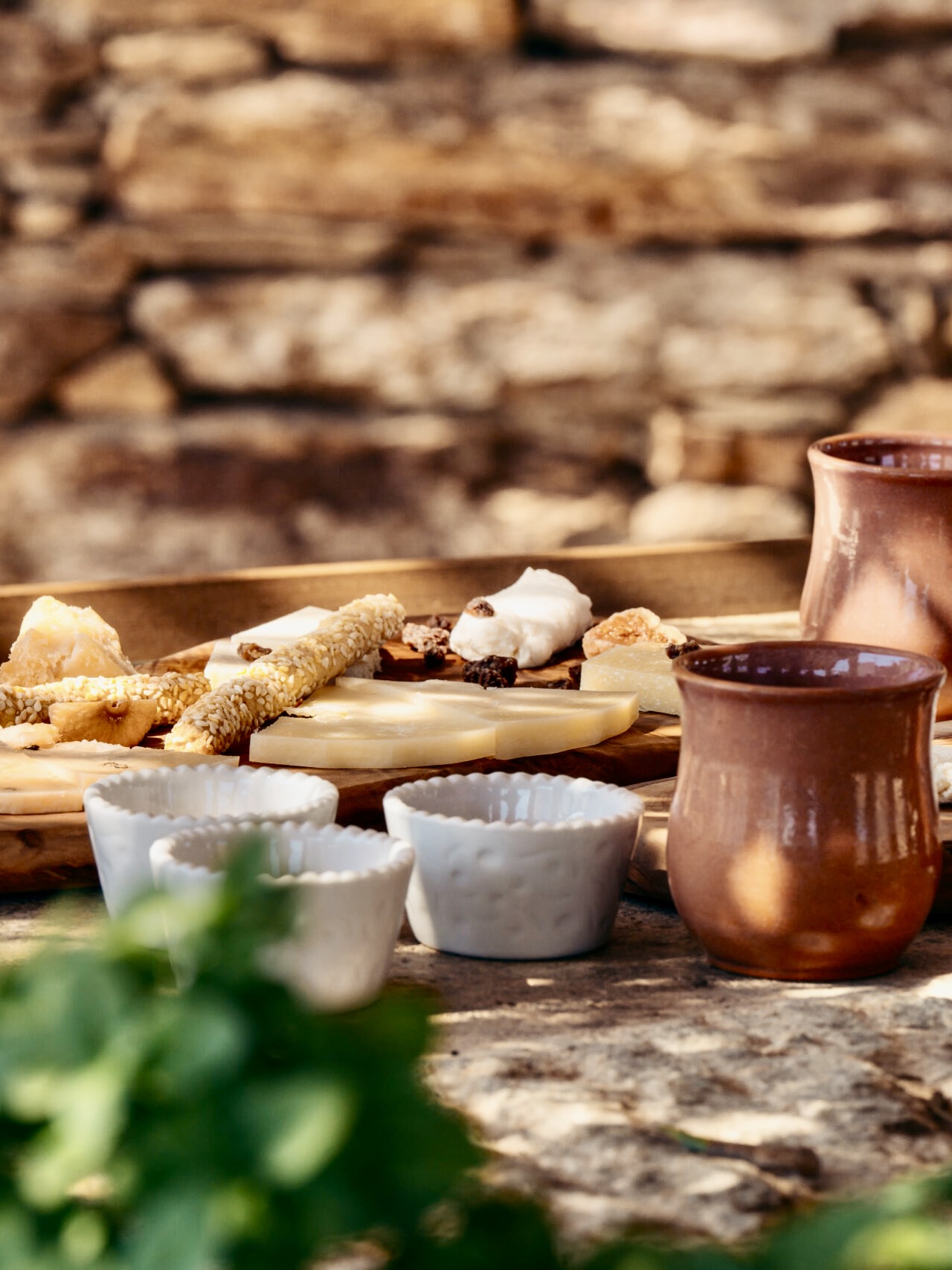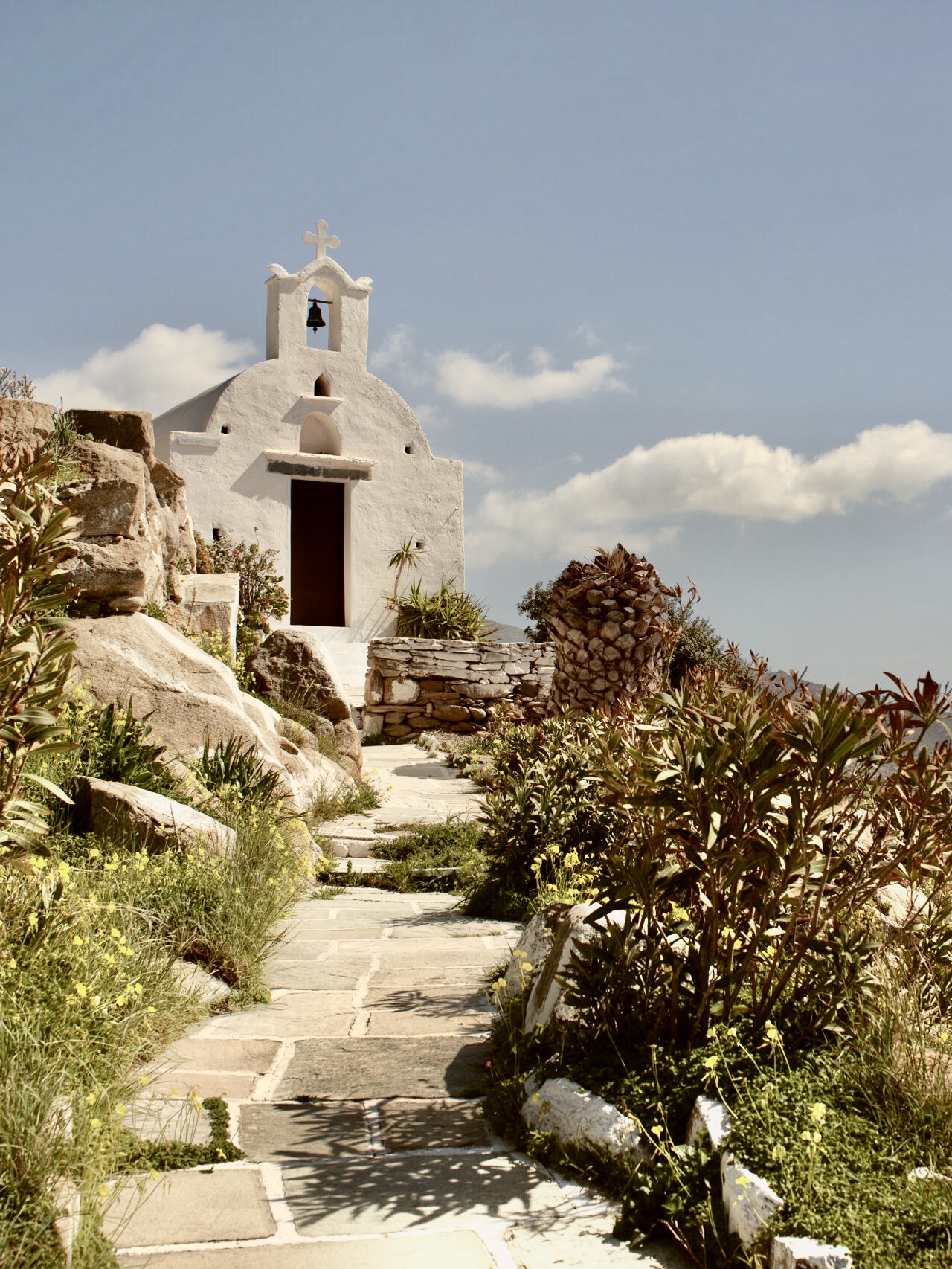The archaeological site of Skarkos, the island’s museum, Panagia Gremiotissa, the windmills, Paleokastro, and the so-called Tomb of Homer—these are just a few of the places that offer a deeper look into the cultural and historical heart of Ios.
Long tagged as a party island for a young, international crowd, Ios has another, quieter story to tell—one rooted in antiquity and myth. For travelers looking beyond the beach bars and beach clubs, there’s no shortage of landmarks worth discovering. From the prehistoric settlement of Skarkos and the island’s archaeological museum to the chapel of Panagia Gremiotissa, the windmills of Chora, and the dramatic ruins of Paleokastro—not to mention the legendary burial place of Homer himself—Ios invites visitors to trace its past one sunlit step at a time.
01
Panagia Gremiotissa
Perched on the highest point of Chora since 1797, this whitewashed chapel takes its name from the rugged cliffside where it was built. Legend has it that her icon arrived on the shores of Mylopotas from Crete, carried on a makeshift raft during the Turkish occupation. Shepherds spotted its glow, brought it to the village, and the icon miraculously revealed the spot where her church should stand—facing Crete. Just above the chapel are three more tiny sanctuaries: Agios Nikolaos, Agios Ioannis, and Agios Eleftherios, each with sweeping views over the island.
02
The Windmills
At golden hour, visitors make their way to the “spring square,” or windmill square, to catch the last light dancing across Chora. Of the original mills, twelve tower-like structures still stand—some restored, others in romantic decay. A favorite photo spot, the square looks out across the hillside and the surrounding valleys. These mills operated until the 1960s, powered by wind and designed to grind wheat, barley, and corn into flour, sustaining the island and its neighbors for generations.
03
The Tomb of Homer
On the island’s northern edge, above the now-ruined village of Plakotos, stand the remains of a Hellenistic tower on the hill of Psathopyrgos. This is where, according to local lore and ancient sources, the poet Homer was laid to rest. Ios was said to be the birthplace of his mother, Klymene, and, according to Pausanias, an oracle from Delphi foretold that Homer would be buried here. One tale claims he died of sorrow after failing to solve a riddle posed by locals. The poet’s face later appeared on Classical and Hellenistic coins minted on Ios. And in 1774, part of a marble inscription linked to Homer was discovered on this very hill. Even if you’re not chasing myths, the panoramic sea views make the short walk to the site worthwhile. You’ll find a small wooden kiosk along the path.
04
The Archaeological Museum of Ios
Since 1998, the neoclassical Amoiradakeio building has housed the island’s archaeological collection, curated with a modern museological touch. The first hall focuses on the Early Cycladic period and the story of the island’s excavations, featuring pottery, stone tools, and marble figurines. The second covers the Middle and Late Bronze Age, with all exhibits sourced from Skarkos. The third and fourth halls trace the island’s historical timeline through the Classical period, showcasing sculptures, inscriptions, and ceramics up to the 7th century. (Tel. +30 22860 91246)
05
The Archaeological Site of Skarkos
Viewed from above, the spiraling walls of Skarkos resemble the coils of a snail—earning it the local nickname “Karavola.” Set in a fertile valley with one of the Cyclades’ largest natural harbors, this is one of the most important prehistoric sites in the Aegean. Excavations have revealed a remarkably well-preserved Early Bronze Age settlement, complete with organized urban planning and multi-story homes with high stone walls enclosing inner courtyards.
First excavated in 1896, the site has since uncovered a wealth of domestic architecture on both sides of the hill. Finds include marble figurines, tools made of bone, metal, and stone, and beautifully crafted pottery—some imported from other Aegean islands, hinting at ancient trade routes. The abundance of finished stone vessels reveals a sophisticated tradition of lapidary craftsmanship, while obsidian tools trace back to the quarries of Milos.
More recent discoveries include seals and seal-impressed objects—rare for this period—and point to a skilled community of builders, potters, and stonemasons. You can walk to Skarkos from Chora in about 40 minutes, starting from the windmill square.
06
Paleokastro
Set high between Agia Theodoti and Psathi on the island’s eastern side, Paleokastro is one of Ios’s most dramatic lookouts. Built in 1397 by Venetian ruler Marco Crispo atop the ruins of an earlier Byzantine fortress, it once guarded sea routes between the Aegean and Crete. Today, you’ll find remnants of the outer walls and the chapel of Panagiá Paleokastrítsa. The trail to the top skirts the edge of the cliff and offers sweeping views of Naxos, Amorgos, and Paros.
07
Agia Theodoti
Tucked into the island’s northeastern corner, not far from the bay of the same name, stands the oldest church on Ios—Agia Theodoti. Built in the 16th century over the remains of an ancient temple to Apollo, the site has been declared an official archaeological zone. Nearby, remnants of a Hellenistic tower and an ancient aqueduct have also been uncovered, adding layers to the history of this quiet corner.
Where to Eat
Ithaka
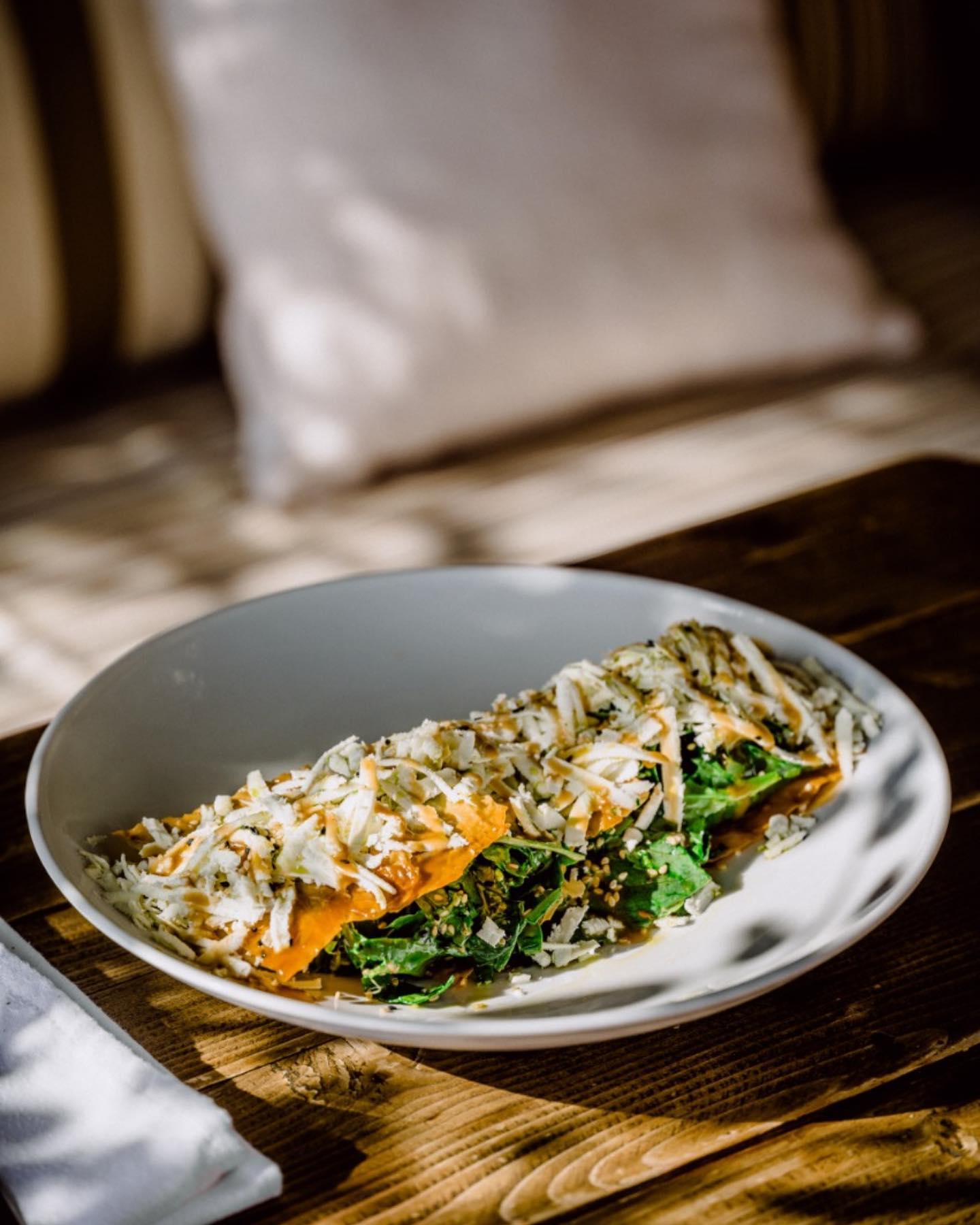
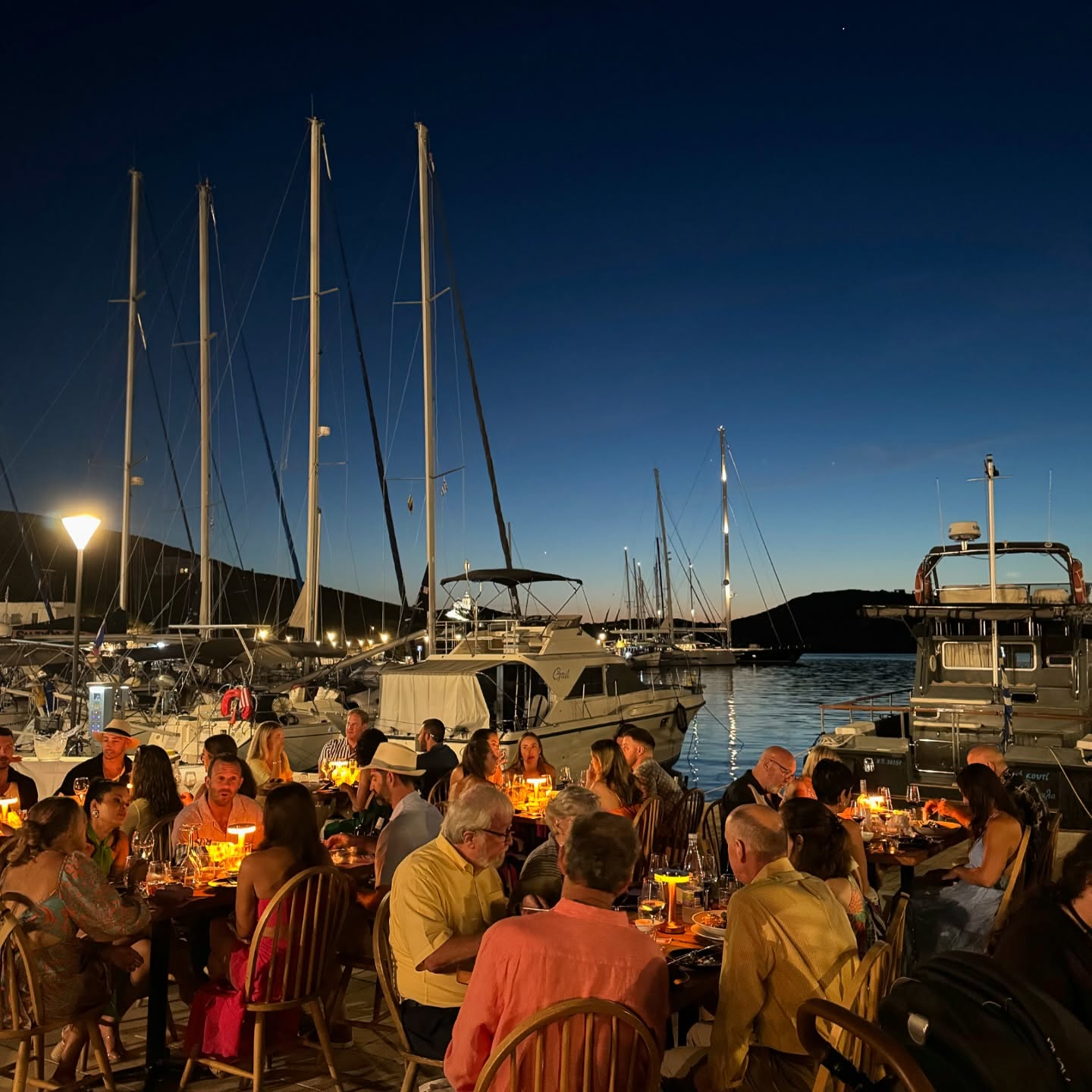
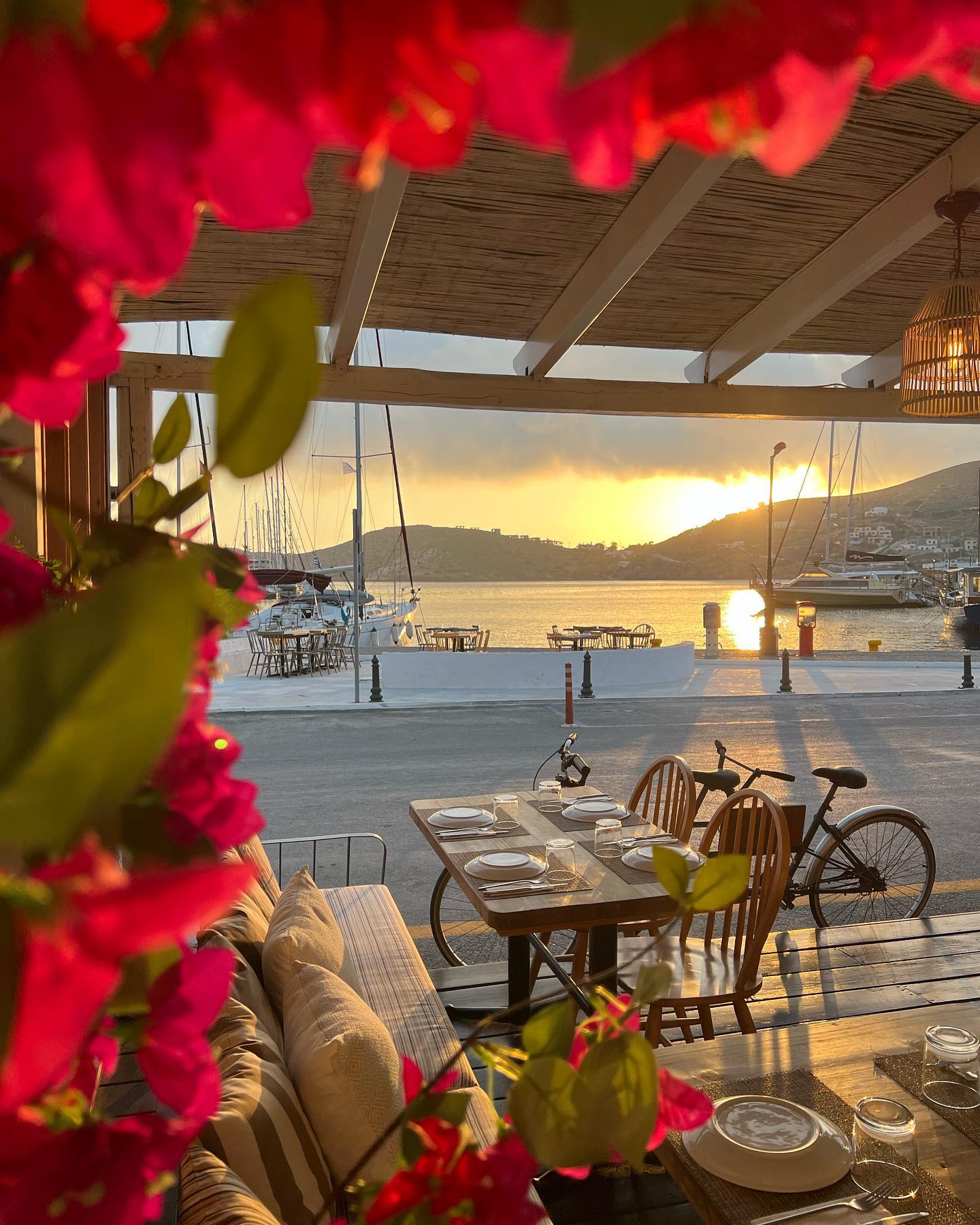
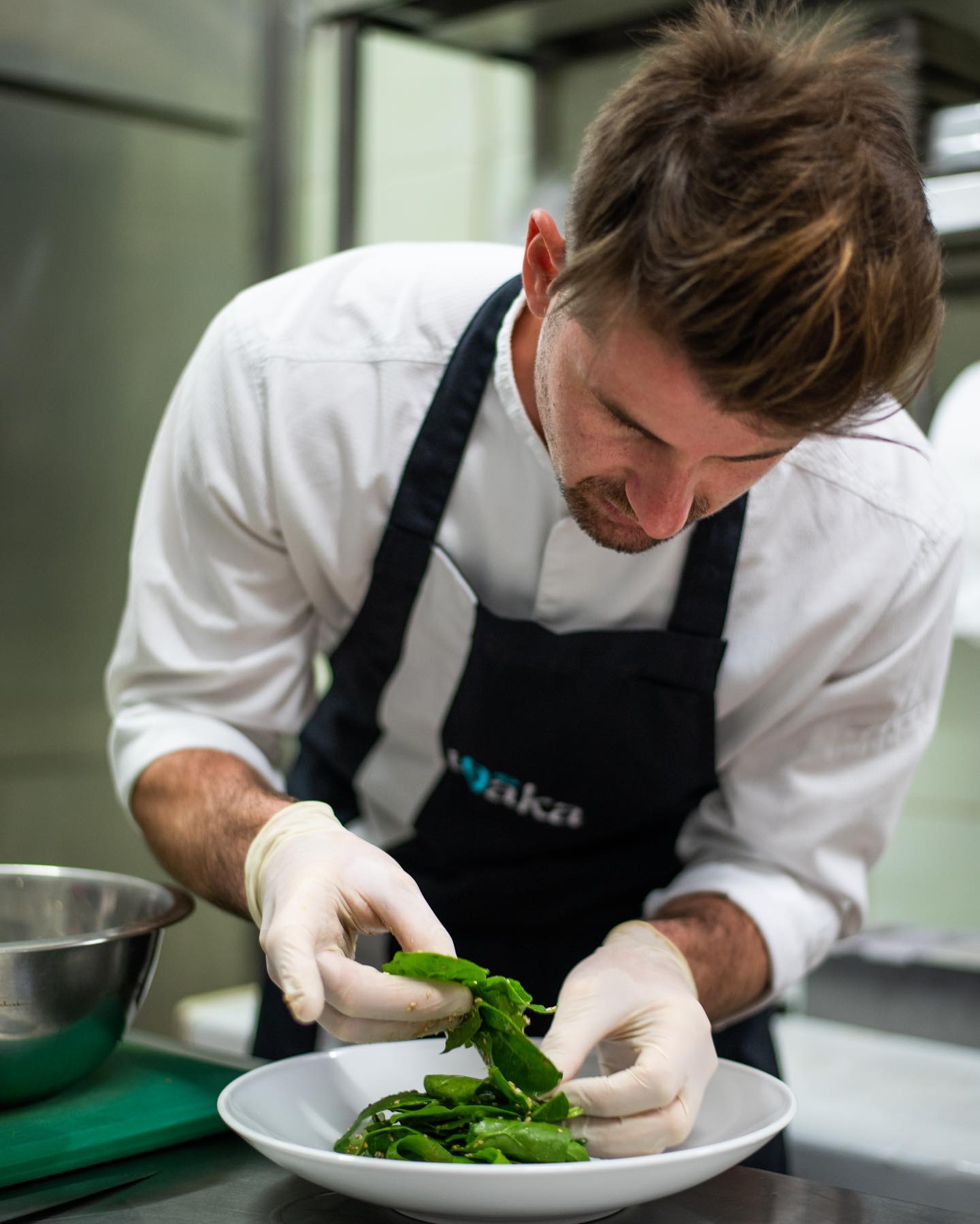
A delightful culinary surprise at Ios port, Ithaki combines a refined seafood‑meze concept rooted in Greek tradition with modern technique. Chefs Denni, Haris, and Natasha—each trained in award‑winning Athenian kitchens—launched this intimate spot in June. Amidst minimal décor along the waterfront promenade, you’ll find dishes that catch you off guard in the best way.
Start with tomato‑crackers topped with diced veggies and smoky cauliflower sauce, followed by a lush smoked‑eggplant dip served with three house‑made breads (the focaccia is a standout). The grilled calamari arrives perfectly cooked atop a creamy fire‑charred cauliflower purée—balanced between sweet and bitter. Tuna tartare with ponzu, egg yolk powder, soy, and molasses dazzles with layered flavor. Rich seafood kritharaki and tuna over eggplant and mushroom purée continue the theme, while stuffed tomatoes with aromatic rice, grated feta and xinotyri, vegetable broth, and oven‑roasted potato deliver umami and comfort. Service is friendly and knowledgeable, with a thoughtful wine list under €60. A hidden gem offering innovative Greek seafood in a relaxed setting.
Port
Grandma’s

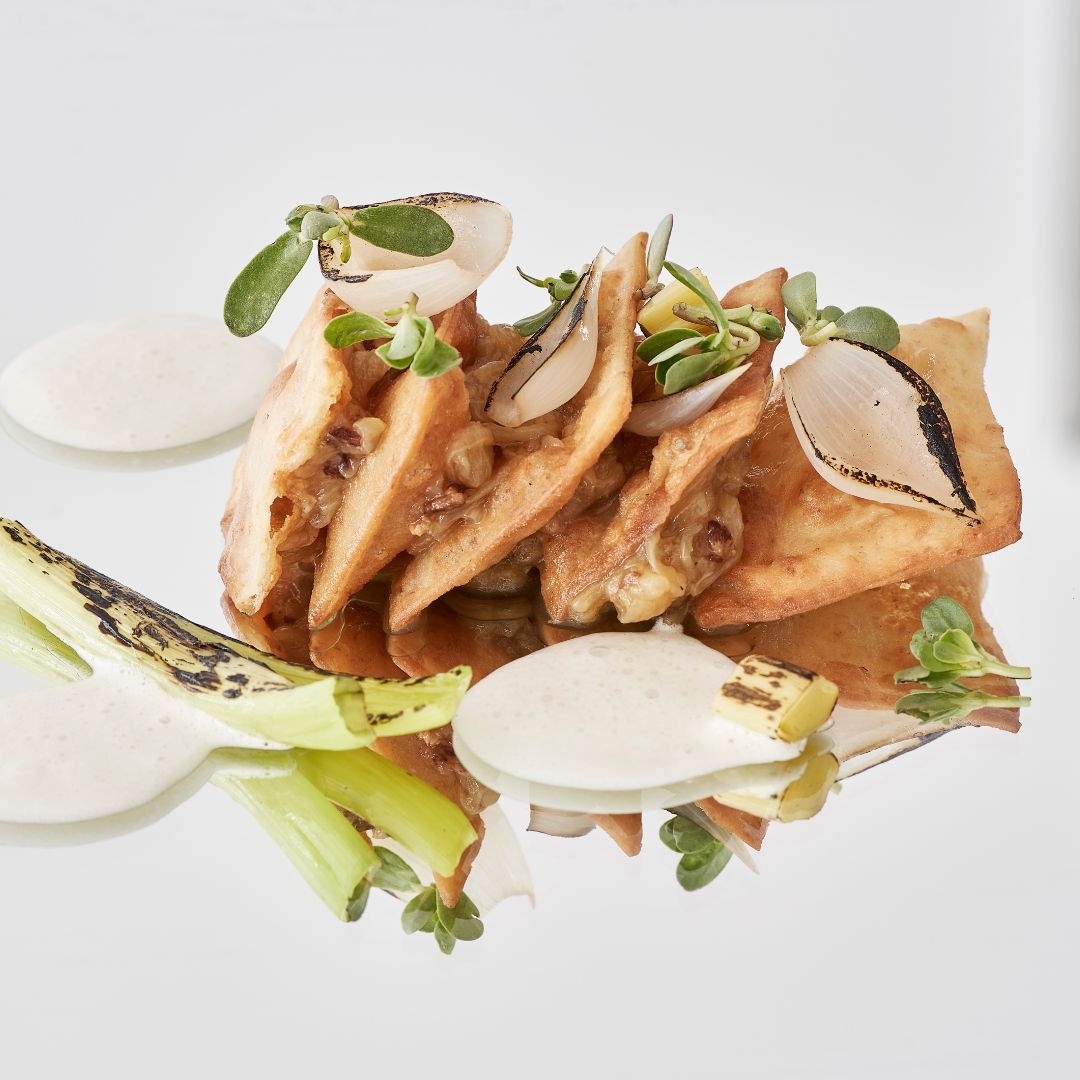

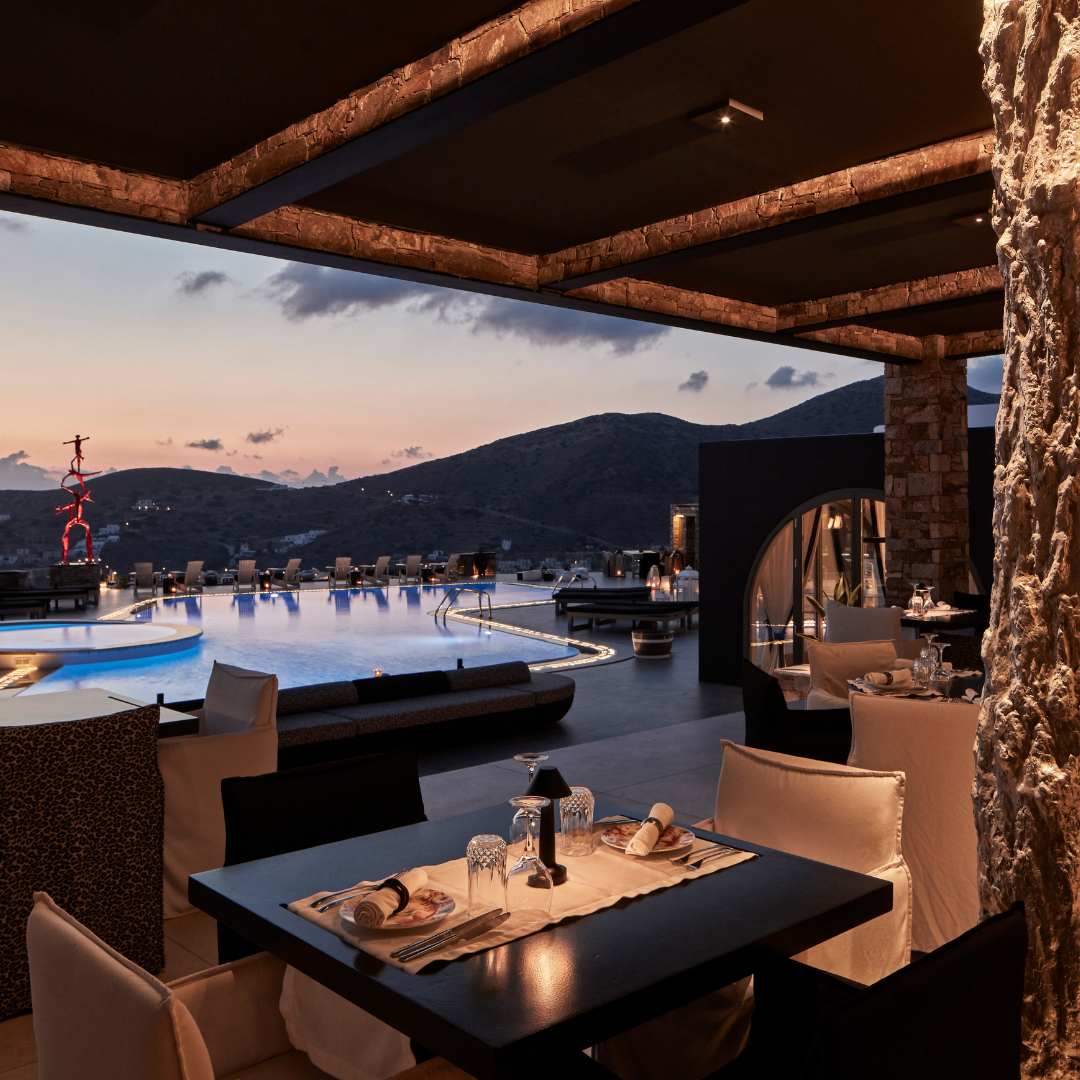
Perched above the bay on the terrace of Liostasi Boutique Hotel, Grandma’s delivers an elegant yet relaxed evening with sea views, candlelight, and curated artwork. Under executive chef Alkiviadis Papadopoulos—formerly sous-chef to Sotiris Evaggelou—the menu elevates Greek tradition with sophistication.
Tuna carpaccio with kalamansi and cured fish roe melts with maritime freshness. Sea bream tartare in tomato‑cucumber water, accented by pickled cucumber and kritamo, feels light yet expressive. A summer‑fresh roasted vegetable cold soup brightens the palate, foamed with local xinotyri. Handmade spaghetti crowned with smoked‑riga cod caviar and aged local graviera offers smoky richness and acidity. Cod encrusted in sourdough crust arrives with a dense rock‑fish kakavia broth, while succulent lamb is paired with creamy chickpea puree from Sifnos. Local cheeses shine—the island’s dry mizithra drizzled with heather honey is unforgettable. Guests can also learn to cook traditional Greek dishes like stuffed zucchini flowers and watermelon fritters. Service is polished yet warm, all while sipping cocktails or wine during a scenic sunset.
Liostasi Boutique Hotel, Gialos
Drakos
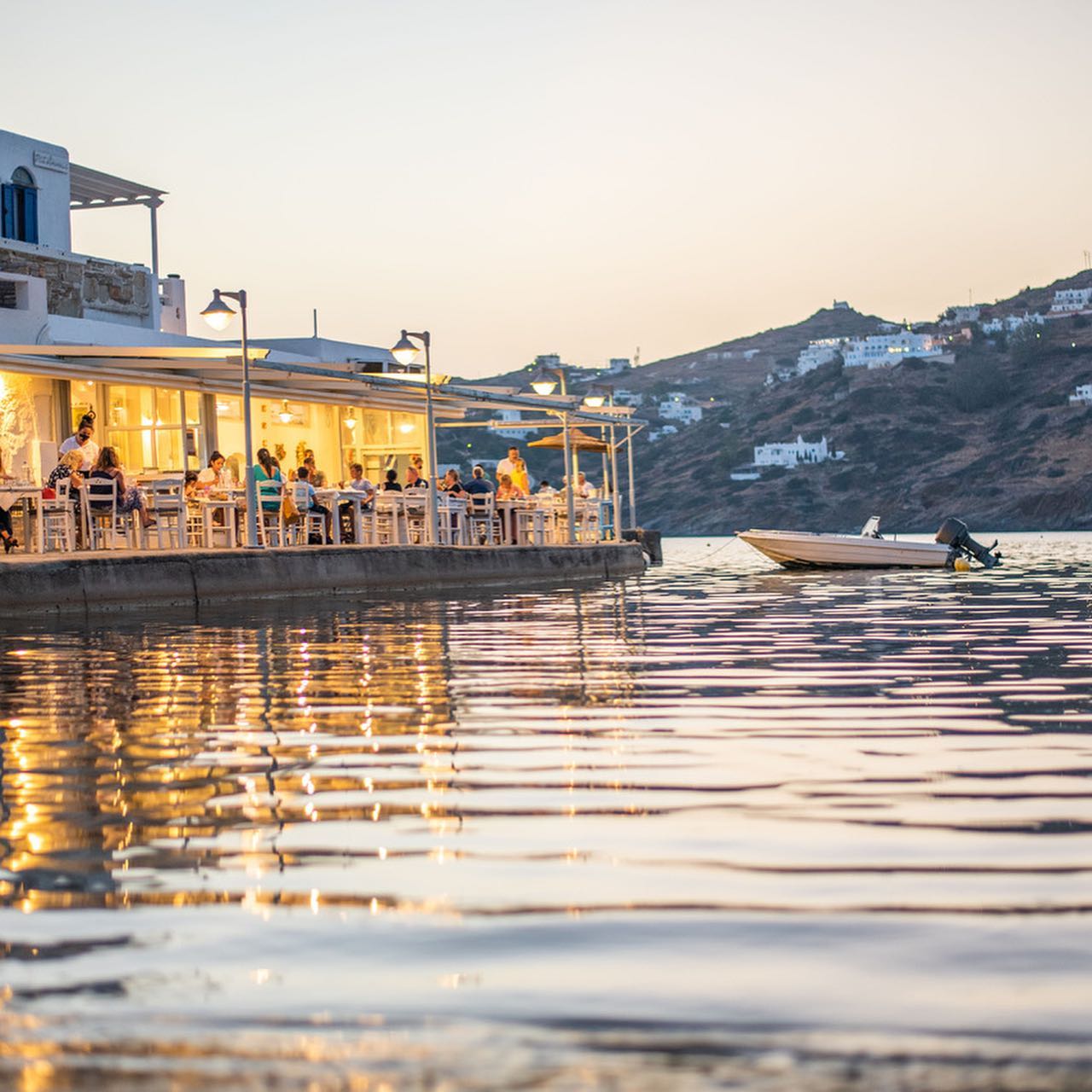
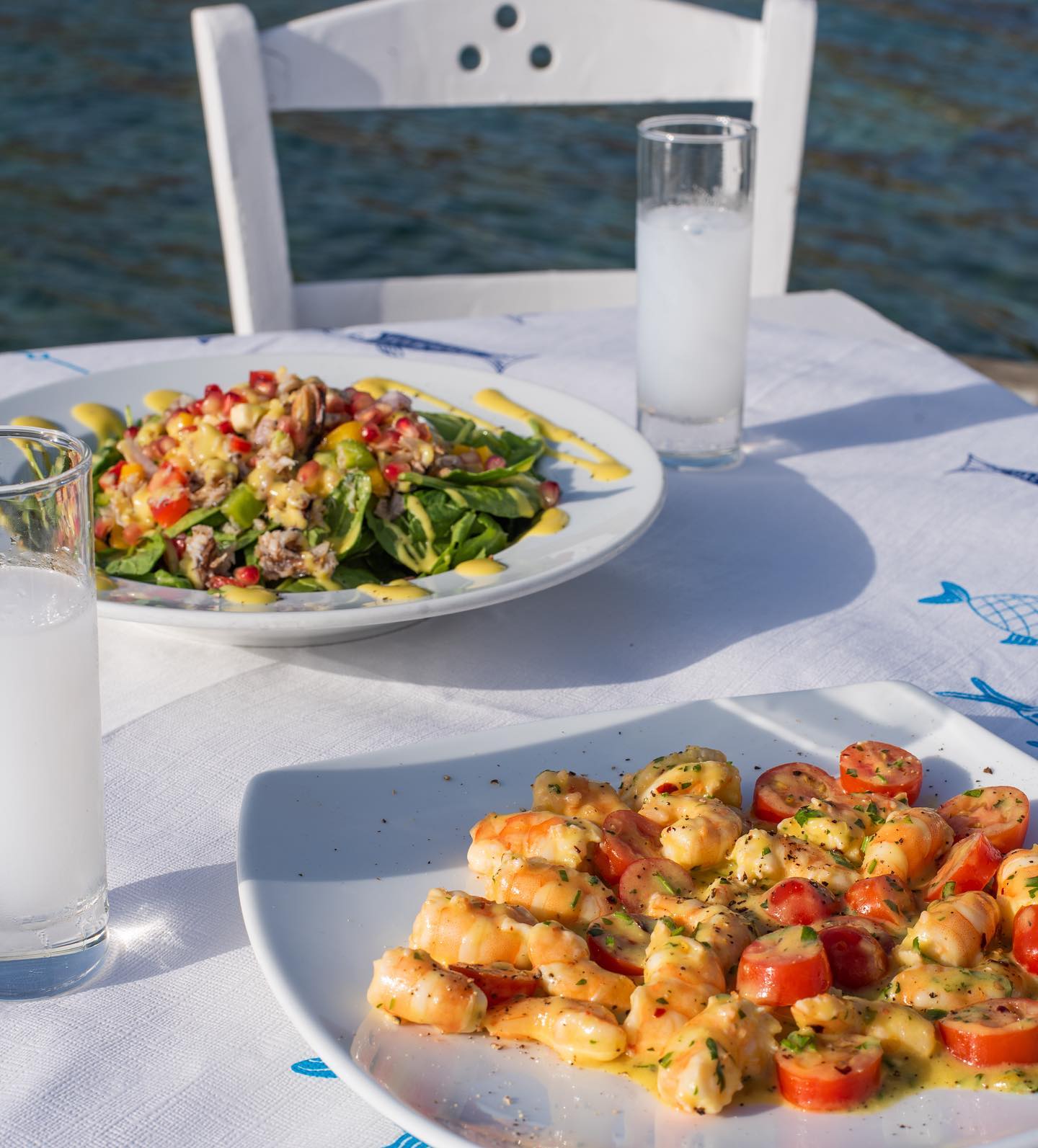
Since 1963, Fish Tavern Drakos has been a beloved family‑run seafood tavern at the far end of Mylopotas Beach. Its signature rope adorned with freshly caught octopuses beckons diners to a casual, breezy waterfront setting. Generations have refined dishes like grilled octopus, seafood orzo pasta, and daily‑fresh whole fish sourced directly from local fishermen. The menu highlights homemade seafood sauce pasta, Mediterranean lobster, and simply grilled fresh fish, all prepared with love and pride. Critics praise its authentic Greek cooking, welcoming service, and unbeatable seaside atmosphere—fresh flavors, a gentle breeze, and waves lapping nearby make for a memorable dining experience.
Mylopotas Beach
Katogi
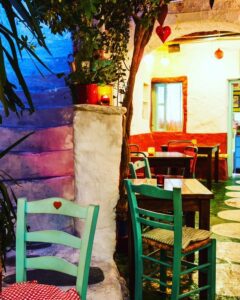
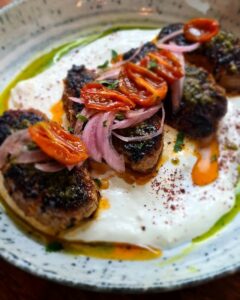


Katogi offers a lively modern twist on Greek cuisine in a cozy setting reminiscent of grandma’s kitchen—complete with charming décor and colorful stone‑wall ambiance. It’s one of Ios’s hottest restaurants, consistently praised as “one of the best” for Greek‑style tapas.
Popular dishes include pear‑stuffed pasta purses, lamb kofta drizzled with whipped feta, shrimp saganaki, smoked shrimp bruschetta, pork tacos, and truffle fries. Creative cocktails—like kiwi and cucumber concoctions—add playful flair. Food is beautifully plated, flavors are well-balanced, and service is personable, though the restaurant fills quickly, so booking ahead is essential. A true fusion of tradition and fun, leaving diners wanting more.
Hora
Polydoros
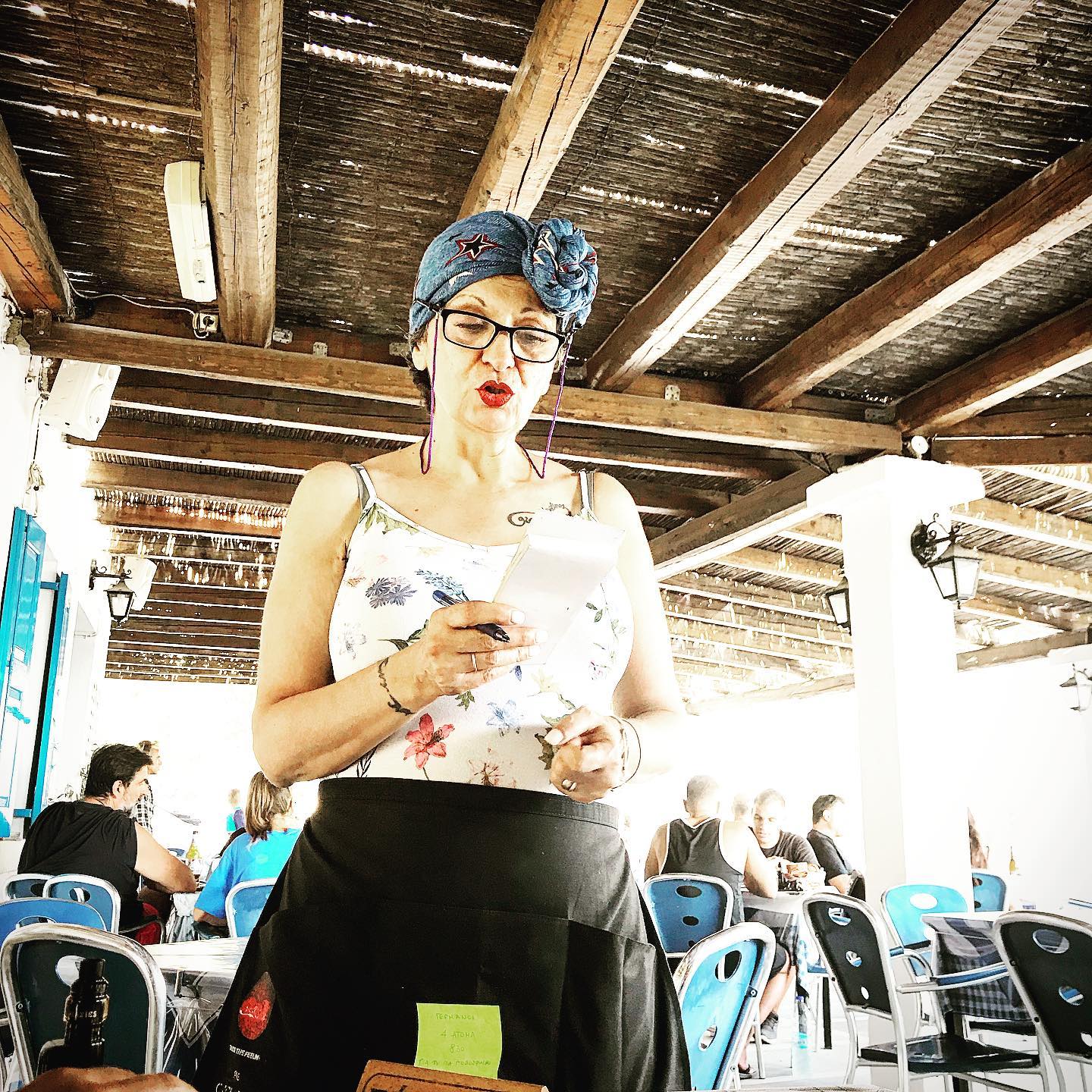

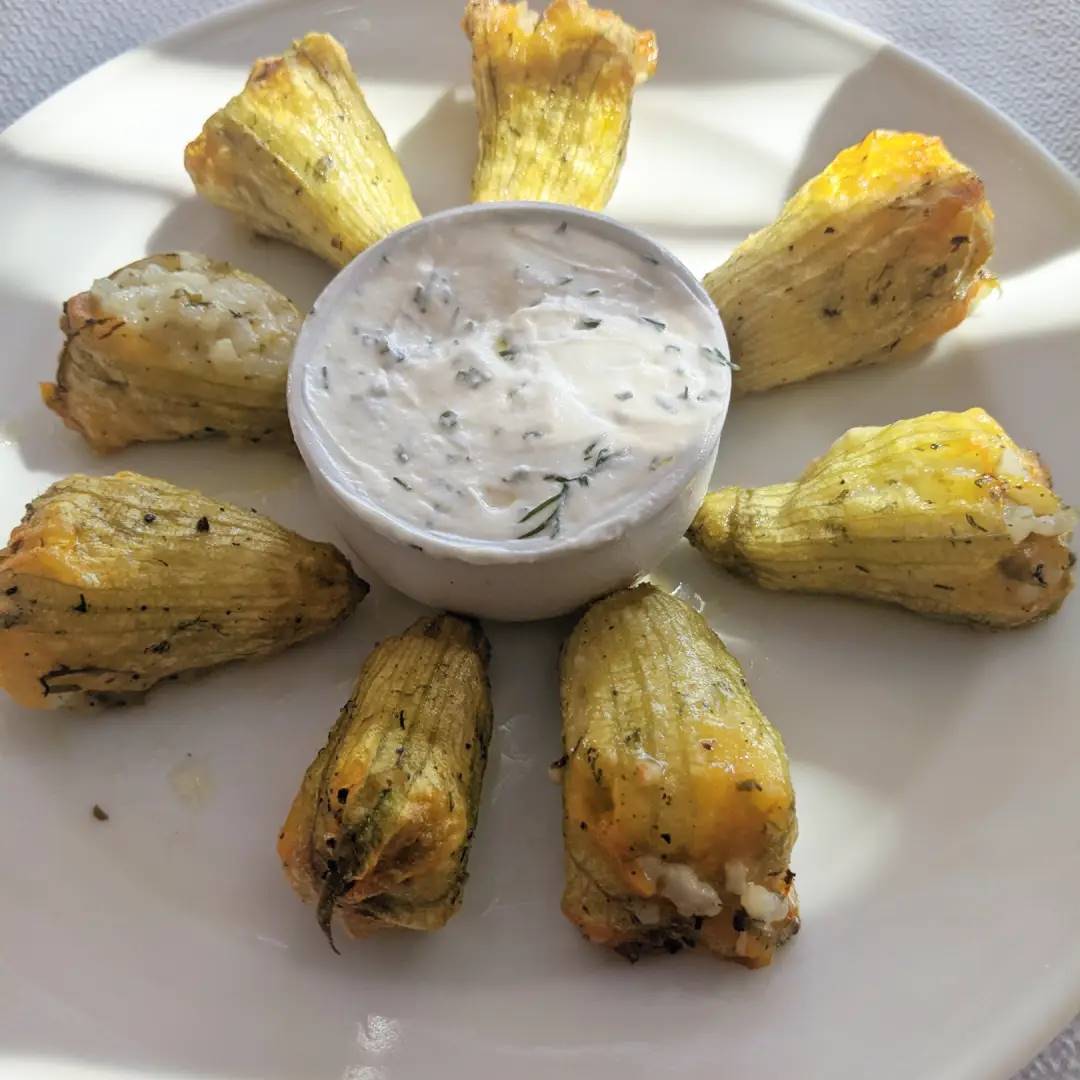
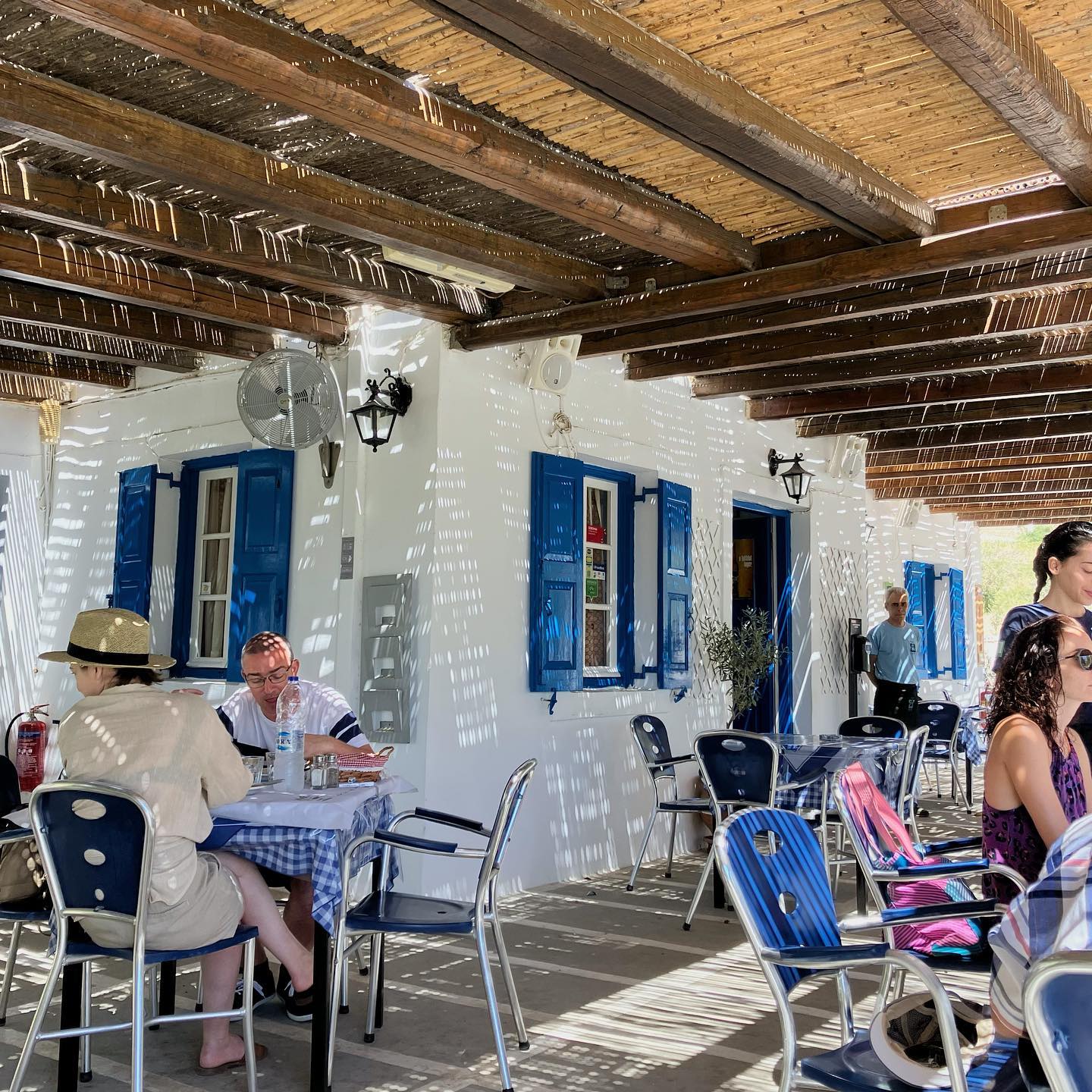
A beloved local gem near Koumbara Beach, Polydoros is celebrated for its warm, familial hospitality and superb Greek fare. The unpretentious seaside taverna specializes in grilled fresh fish, creamy gigantes beans, pastitsio, stuffed zucchini flowers, and marinated samphire (almira). Guests recommend starting with pastitsio, giant beans (gigantes), zucchini blossoms, and any fresh catch of the day, then lingering for Koumbara’s sunset. Authentic simplicity defines the experience—flavors that feel both rooted and delightful, served with genuine care.
Koumbara Beach



